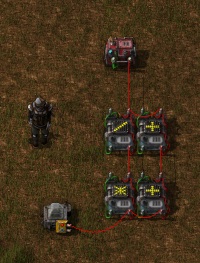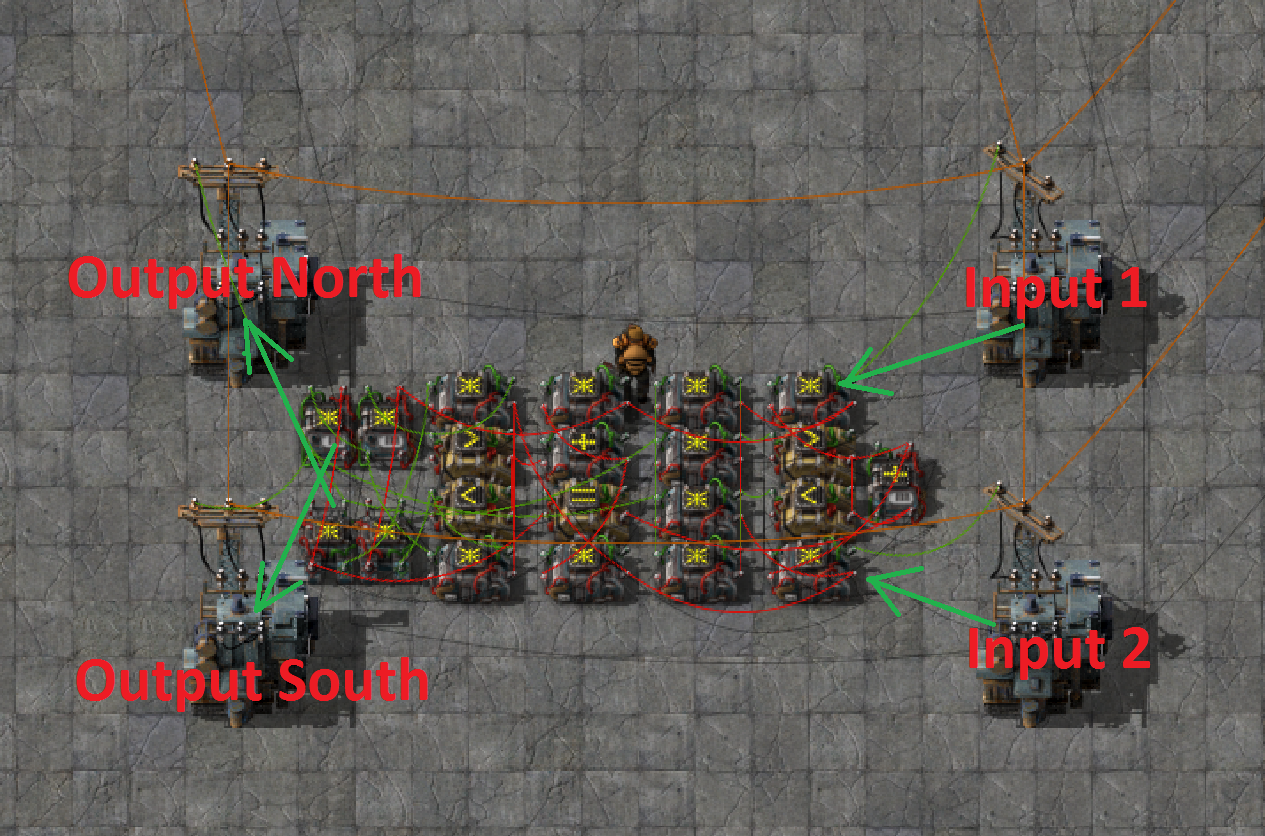- N constant combinators outputing the same signal (lamp = 1)
- combinators and lamps are connected on one circuit
- changing on/off of any constant combinator should toggle the connected lamps
- no more than 2 signals should be on that network: one is the sum of currently active combinators and the second as lamp control signal
Edit:
nevermind.... i was thinking way too complicated.
Simplistic solution was using every odd number.








